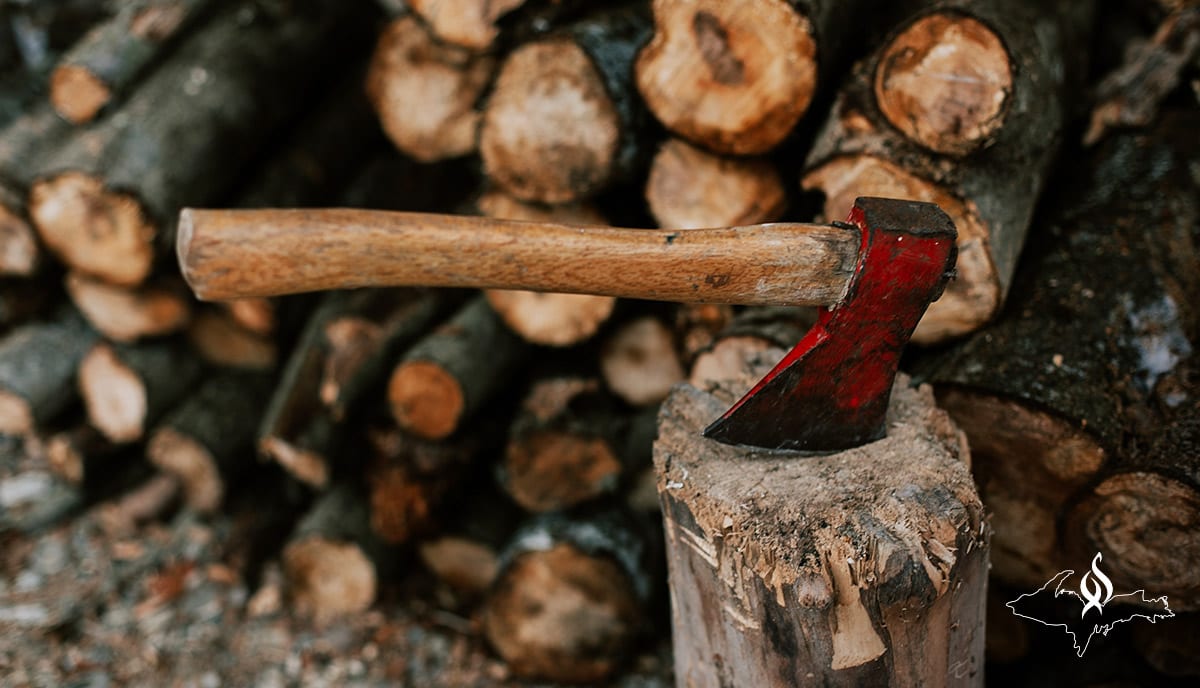Tinder + Kindling + Wood = a blazing fire, right? Not necessarily. It may seem obvious that if a piece of firewood is wet, you’re going to have a rough time getting your fire started. However, sometimes pieces of firewood that seem dry still have too much water in them. Many of us are guilty of cutting our firewood in the spring and using it that same winter. If you do this, you’re probably using firewood that hasn’t seasoned long enough. So how do you know you’re seasoning your firewood correctly? A simple concept that may help you is the 3 T’s: Time, Temperature, and Turbulence. Before we go into each of these, let’s first take a look at the anatomy of a tree so we can better understand how wood dries.

A tree is essentially a mass of hollow and solid tubes. The hollow tubes carry what is called ‘free water’ throughout the tree. Solid tubes are the fiber, which gives the tree it’s strength. When you cut down a tree, the free water is the first to evaporate. After the free water dries, there is still about 30% of moisture left in the wood. From this point, the molecular water from the fiber structures begins to (much more slowly) evaporate. For wood to be considered properly seasoned, the moisture level should be below 20%. The 3 T’s should help you know when your wood is at the proper moisture level.
Time: It takes anywhere from 6 months to 1 year for wood to properly dry, depending on the hardness of the wood. While cutting your firewood in the Spring might be long enough for very small pieces to dry, it’s not going to be enough time for the normal-sized firewood pieces. When you give your firewood less than at least 6 months to dry, you’re left with a mediocre fire that spends most of its heat and energy on evaporating the water in it rather than heating your home. Waiting an entire year to use your firewood might seem a bit excessive, but if you do so, you'll burn wood much more efficiently and save wear and tear on your stove.
Temperature: The sun plays an important role in heating the wood for moisture to evaporate. This is done through continued exposure over a long period of time. It’s a good idea to cover the wood pile from rain or snow, but try to have it in full sunlight the rest of the time.
Turbulence: Wood should be stacked in a single row and placed in a location that receives full sunlight and plenty of airflow. You might think you’re protecting your firewood by covering it up completely, but if you do this, you don’t give the water from the wood an opportunity to escape. Not following this tip will likely result in mold and mildew growing on your firewood.
So, the next time you’re out chopping and stacking firewood, keep in mind the 3 T’s: Time, Temperature, and Turbulence. If you do this, your firewood will always deliver that cheerful blaze that fills your home with comfort, warmth, and the satisfaction of a job well done.
